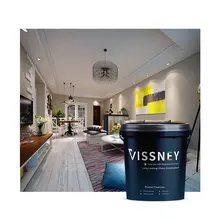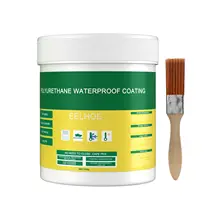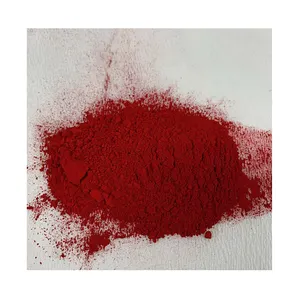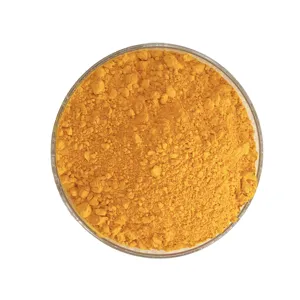Top categories

Energy Chemicals

Flavor & Fragrance

Chemical Reagents

Non-Explosive Demolition Agents

Other Chemicals

Custom Chemical Services

Biological Chemical Products

Painting & Coating

Surface Treatment Chemicals

Catalysts & Chemical Auxiliary Agents

Admixture & Additives

Pigments & Dyestuff

Basic Organic Chemicals

Agrochemicals

Inorganic Chemicals

Coating & Paint
About products and suppliers
Azo Dyes: An Overview
Azo dyes, a prominent category within the dye industry, are characterized by the presence of a distinctive azo group (-N=N-). These compounds are the most widely used dyes for textile fibers, particularly cotton, wool, and silk. Azo dyes are renowned for their vivid colors, ranging from azo dye color palettes such as reactive red 120 to acid red 14, and are integral in various industries, including clothing, leather goods, and food.
Types and Applications of Azo Dyes
The diversity of azo dyes is evident in their extensive azo dye list, which includes azoic dyes, monoazo dyes, and complex diazo compounds. Each type serves a specific purpose, with azoic dyes being particularly suitable for vibrant designs on cotton and monoazo dyes frequently used for silk and wool. The application spectrum of azo dyes is vast, with azo dye uses extending from the textile industry to coloring foods, cosmetics, and pharmaceuticals.
Features and Materials
Azo dyes are synthesized from aromatic amines, which contribute to their stability and durability. The molecular structure of these dyes allows for a wide range of hues, including specialized colors like reactive orange 16 and orange azo dye. The materials used in the production of azo dyes are carefully selected to ensure consistency and compatibility with various substrates.
Advantages of Azo Dyes
The advantages of using azo dyes in manufacturing are numerous. They offer excellent colorfastness, which is crucial for maintaining the integrity of the color in textiles. Additionally, the versatility of azo pigments makes them suitable for a variety of industrial applications. The development of azo dye free products caters to the growing demand for environmentally friendly and non-toxic color solutions.
Environmental Considerations
Environmental consciousness has led to the innovation of azo free dyes, which exclude certain azo compounds that may release harmful aromatic amines. The industry is also exploring eco-friendly alternatives and processes to reduce the impact of dyeing on the ecosystem, ensuring that the use of azo chemicals aligns with sustainable practices.
Choosing the Right Azo Dye
Selecting the appropriate azo dye requires a thorough understanding of the specific needs of the product and the substrate to which the dye will be applied. Factors such as colorfastness, resistance to various elements, and compatibility with the material are crucial. While Alibaba.com does not manufacture or sell these products directly, the platform hosts a multitude of suppliers offering a vast selection of azo dyes to meet diverse industry requirements.






















 浙公网安备 33010002000092号
浙公网安备 33010002000092号 浙B2-20120091-4
浙B2-20120091-4